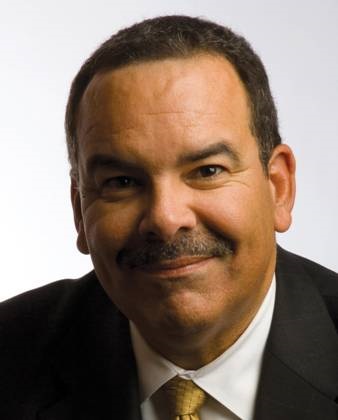 Despite an industry facing trendsto the contrary, GaryPerez is upbeat about the future of private student loans athis credit union. And he isn't alone among credit unionexecutives.
Despite an industry facing trendsto the contrary, GaryPerez is upbeat about the future of private student loans athis credit union. And he isn't alone among credit unionexecutives.
As president/CEO of USC Credit Union, which serves students,faculty, staff and alumni of the University of Southern California,Perez didn't always feel positive about what critics describe asthe latest financial bubble ready to burst.
|Until recently, in fact, $370 million USC CU, which serves62,000 members from its Los Angeles headquarters, was in theprocess of “sunsetting” a student loan initiative that once madeUSC CU the largest credit union participant in the Federal Family Education Loan Program .
|On Oct. 4, Perez met with his asset/liability committee toexamine the performance numbers for the credit union's existingstudent loans, which dropped from a height of $350 million in2008-09 to a current portfolio of around $80 million. What theydiscovered has caused a change of heart for the credit unionveteran.
|“With a delinquency rate less than 2%, our portfolio hasperformed much better than any reasonable person would haveanticipated given the severity of the economic downturn,” saidPerez. “If our losses were lower than anticipated, that validatedthe point where we can remove some of our conservative shields andstart helping members again with this critical product.”
|USC CU and other credit unions that believe in a brighter futurefor student loans sit at the center of a maelstrom in which majorlenders such as J.P. Morgan Chase and U.S. Bank have exited themarket.
|Even other credit unions have become gun-shy when faced with aloan category that, at an aggregate $1 trillion, is second only tohome mortgages as the highest level of U.S. consumer debt.
|“We were once at $100 million in student loans,” said GregSmith, president/CEO of the $4.2 billion PSECU in Harrisburg, Pa., which formerly was one of thenation's top 100 FFELP participants. “Now we have about $20 millionin student loans and we're slowly easing ourselves out of themarket.”
|Not all credit unions see such a dark horizon. In fact, studentloans are on the rise, according to NCUA data.
|Private student loan activity among federally insured creditunions has risen significantly over the past two years, growingfrom about $1.5 billion in December 2011 to slightly more than $2billion in December 2012, an increase of almost 36%.
|In the first six months of 2013, the total rose nearly 13%more, to slightly less than $2.3 billion.
|Delinquency rates were 1.29% in December 2011, 1.36% in December2012 and 1.2% in June 2013. Loan charge-offs were even less.
|Student loans have attracted the attention of $5 billionCEFCU inPeoria, Ill. The credit union, which serves 280,000 members incentral Illinois, began offering student loans in a market wherealmost no banks or credit unions had such a program., according toKatie Mueller, CEFCU's private student loan manager.
|“The growth that we have seen since starting our program inFebruary 2011 has been outstanding,” said Mueller. ”We projectedreaching $20 million in five years and we did $24 million inthree years. We are very excited.”
Complete your profile to continue reading and get FREE access to CUTimes.com, part of your ALM digital membership.
Your access to unlimited CUTimes.com content isn’t changing.
Once you are an ALM digital member, you’ll receive:
- Critical CUTimes.com information including comprehensive product and service provider listings via the Marketplace Directory, CU Careers, resources from industry leaders, webcasts, and breaking news, analysis and more with our informative Newsletters.
- Exclusive discounts on ALM and CU Times events.
- Access to other award-winning ALM websites including Law.com and GlobeSt.com.
Already have an account? Sign In
© 2024 ALM Global, LLC, All Rights Reserved. Request academic re-use from www.copyright.com. All other uses, submit a request to [email protected]. For more information visit Asset & Logo Licensing.









